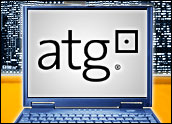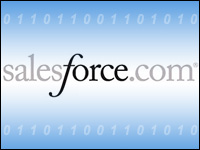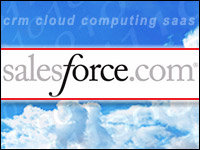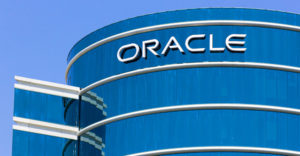
Oracle announced Tuesday that it will acquire Art Technology Group (ATG) — a provider of e-commerce applications and platforms — for US$6.00 per share, or approximately $1 billion in cash. Oracle and ATG both pointed to the complementary nature of their applications.
ATG provides an e-commerce platform that includes a cross-channel blend of online, in-store and mobile applications. Oracle wants to integrate this technology into its CRM, ERP, retail and supply chain lines, as well as its middleware and business intelligence technology.
One of the things that makes ATG particularly attractive to Oracle is its integration of mobile technology into its e-commerce platform. Mobile applications are the “fourth” channel — after store, catalog and online — for retail companies to reach their customers, noted David Dorf, Oracle’s director of technology strategy, in a blog post last month. The ATG acquisition will give Oracle a stronger footing in that fourth channel.
Oracle did not respond to CRM Buyer’s request for further information, and ATG was unable to provide comments by press time.
Oracle Building-Through-Acquisitions Plan
Oracle has been on a buying binge over the last few years. The company has purchased large clumps of customers in its core database and ERP territory, while also picking up best-of-breed players — like ATG — to extend beyond its traditional enterprise software reach into CRM, retail, and supply chain territory.
“They are clearly moving broadly in the software space,” Rob Enderle, principal analyst for the Enderle Group, told CRM Buyer. “ATG gives them a nice adjunct to CRM and e-commerce. It brings in retail and puts them up on the Web.”
Oracle acquisition tally comes to nearly 70 companies since 2005.
“The buying spree continues. [Oracle CEO] Larry Ellison has laid out a short-term tactical, as well as a long-term strategic, battle plan,” Laura DiDio, principal analyst at ITIC, told CRM Buyer. “He’s up to almost $40 billion in the past four or five years. He is not a shy or modest man.”
The Challenge of Mergers
The integration of ATG into Oracle may be awkward, no matter how complementary the technologies of the two companies.
“There are inevitable issues when you merge two disparate entities,” said DiDio. “You have to merge tech services, the engineering organizations. You have to decide which products stay and which get phased out. You have to decide if you are going to keep the brand name.”
While Oracle has vast experience in mergers, the process involves considerable unknowns.
“Oracle never says now much of the technical service, support and sales staff they’re going to retain,” DiDio pointed out. “If ATG people start jumping ship, that’s a problem. We saw that with the Sun acquisition. Oracle’s track record has not been outstanding on the post-merger period.”
Are ATG’s Customers Getting Nervous?
What will happen to ATG’s customers may be the biggest unknown consequence of the deal.
“Oracle’s history of maintaining customer satisfaction after a merger is really bad,” said Enderle. “Oracle doesn’t seem to care, because the customers can’t move. It’s difficult to extract yourself from it. The newly acquired ATG customers are really nervous.”
The area where ATG may be the most vulnerable after the Oracle acquisition is in technical services and support.
“Oracle has not really demonstrated that they have improved the customer experience in service, support and improvement of the products,” said DiDio. “You have complementary technology between Oracle and ATG, but what happens to technical support for customers?”
If Oracle’s history plays forward, ATG customers may have good reason for concern.
“When HP bought Compaq, that was well managed,” said DiDio. “In Oracle’s case, the PeopleSoft acquisition was pretty bloody. It’s just not easy — no matter how much you reassure your customers.”

















































